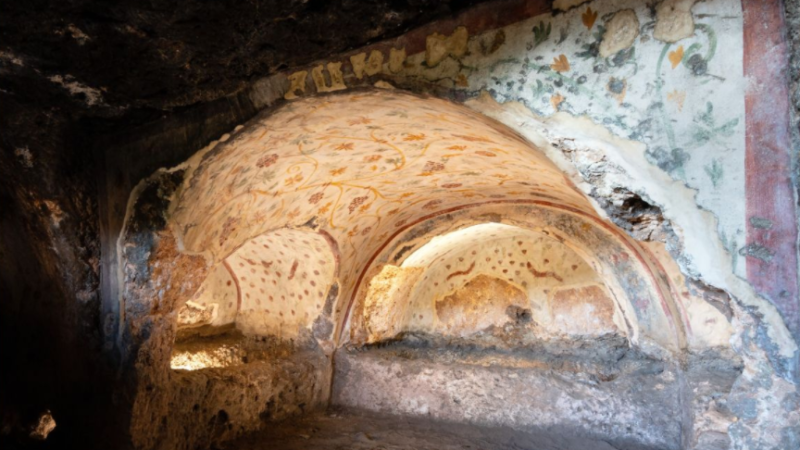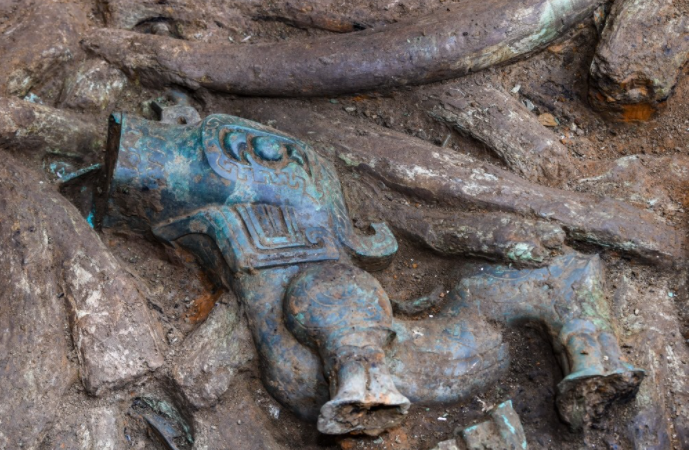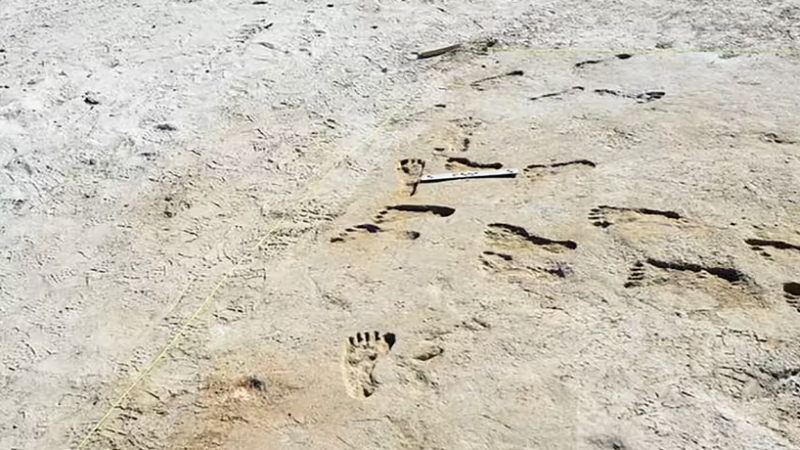Ancient Roman key resembles lion devouring barbarian

Ancient Roman key
Ancient Roman key resembles lion devouring barbarian. Archeologists in the United Kingdom have found an old Roman key handle that portrays a horrifying scene — a lion eating up a shaggy-haired savage, while four frightened cupid-like young people look on, possible anticipating a similar destiny, another examination reports.
The horrifying bronze handle might have reflected a genuine occasion, which means it was conceivable “made to check a huge event, a scene wherein hostages [were] killed in the field by lions,” concentrate first creator John Pearce, a senior speaker of paleontology at King’s College London, revealed to Live Science in an email.
The expertly Ancient Roman key created doll portrayed on the handle is “best deciphered as a scene of damnatio promotion bestias,” a Latin expression that depicts the “killing of hostages and hoodlums as discipline and display,” the scientists wrote in the examination.
:focal(392x217:393x218)/https://public-media.si-cdn.com/filer/a7/a0/a7a0138a-89ce-44f9-83c1-f31b31992ae2/lionsss.jpg)
Archeologists tracked down Ancient Roman key the critical handle during a removal in Leicester, England, in 2017, in front of the development of new lodgings and shops at Grand Central Street, as indicated by a video from the University of Leicester Archeological Services. The group uncovered it under the floor of an enormous apartment, which was implicit the late second century, over a century after the Romans attacked Britain in A.D. 43.
“As the primary revelation of this sort, it enlightens the fierce person of Roman expert in this region” of Roman Britain, Pearce said in a proclamation. He and his partners spent the previous few years cleaning and investigating the key handle, distributing their discoveries online Aug. 9 in the diary Britannia.
The key was removed the handle some time in the past (pictures of other Roman-time keys are displayed here), yet the almost 5-inch-long (12 centimeters) handle gave archeologists a lot to investigate. It gauges 11 ounces (304 grams) and catches the second the lion dives into the brute’s head. Numerous Romans held hatred for and surprisingly dreaded clans outside the Roman Empire; they called these individuals brutes, seeing them as “other” and “adversaries of human progress,” the scientists wrote in the examination. Thus, it’s nothing unexpected that the brute’s ferocity is complemented in the puppet, with mane-like hair, a thick facial hair growth, protruding eyes and conceivably a bare chest.
Beneath the severe assault scene, four exposed adolescents group together, with the two marginally more seasoned youngsters holding the more youthful ones. Like the grown-up brute, the children are portrayed with wide-peered toward articulations, with “huge eyeballs projecting from their attachments and understudies indented, unmistakable temples, expansive noses, shut mouths with pressed together lips and full cheeks,” the analysts wrote in the investigation.
The young people probably address the savage clan’s kids, whose up and coming destruction uncovers what happened when brutes went against Roman standard, the specialists said.Meanwhile, the lion on the key handle probably represented security and assurance for the family.
“As the key interfaces with the passage of the house, it is likewise connected with a state of weakness,. To the Romans, the picture of the lion was viewed as “averting insult impact and the stink eye from the spaces of the living and the dead.” The offbeat conviction clarifies why lion themes in some cases finish Roman furnishings, just as burial chamber markers and stone coffins, he said.
Given the critical handle’s outrageous detail, is it conceivable that individuals in Roman Britain tossed prisoners to the lions? It’s difficult to say, yet prove proposes it’s conceivable, Pearce said.
First of all, the ancient rarity’s style shows that it was made locally, he said. “It is additionally not a standard sort scene of the kind seen somewhere else in Roman workmanship, so we recommend it denotes a particular occasion, maybe one found in the region,” Pearce said.
Furthermore, Roman Britain had numerous amphitheaters and theaters where caught lions might have assaulted detainees. And keeping in mind that run of the mill scenes probably elaborate nearby creatures, like bulls, bears and stags, bigger displays may have included imported outlandish creatures, like lions, which would have “lived long in the memory,” and maybe roused work of art, like this key handle, he said.
Article you might like:
Ancient Ship Found in Accurate Underwater City in Egypt
1500 year old entombment in China hold Lover Eternal Embrace








2 thoughts on “Ancient Roman key resembles lion devouring barbarian”